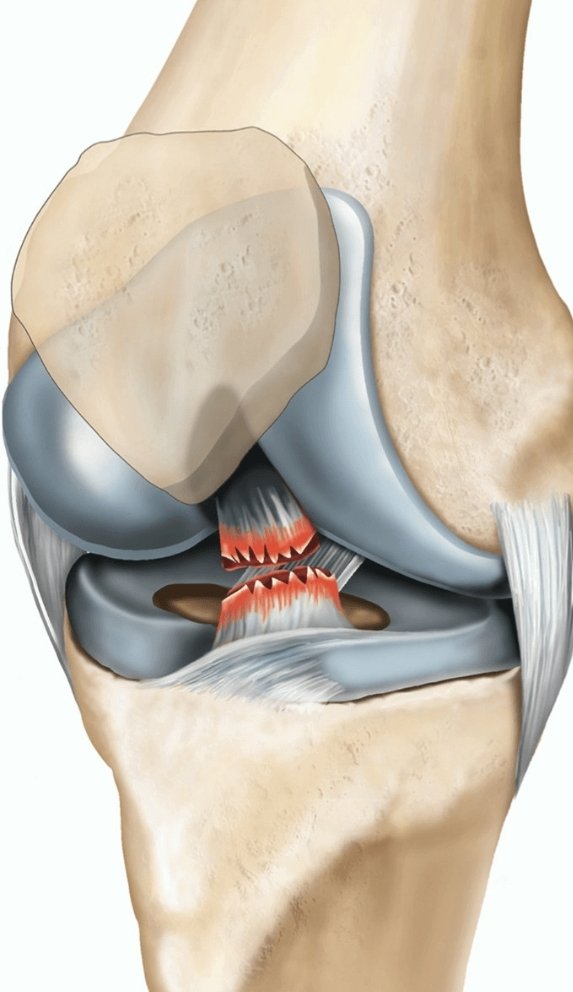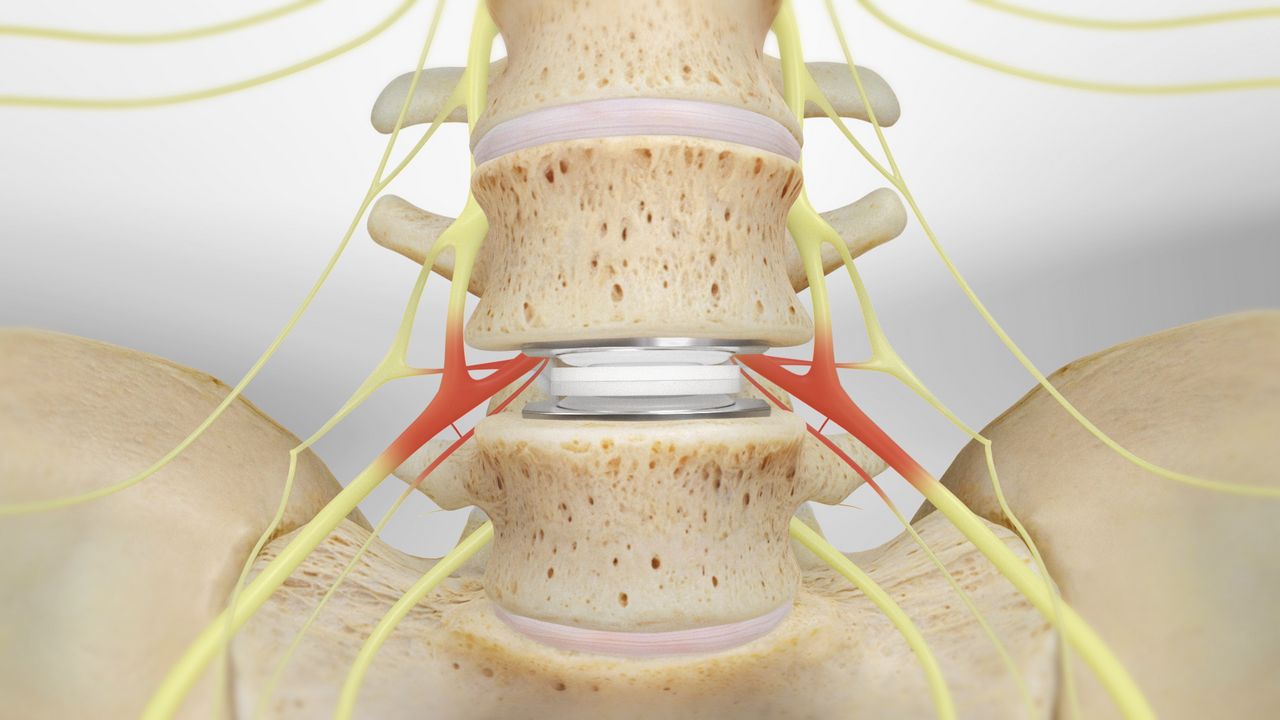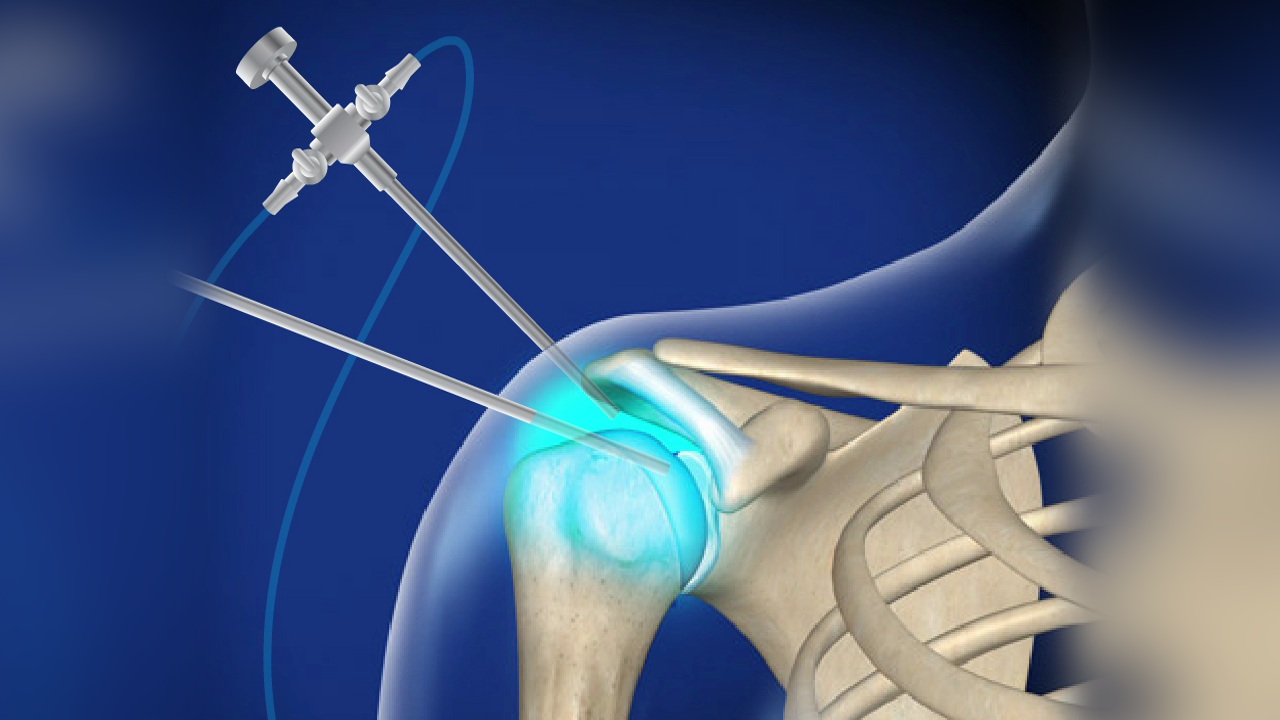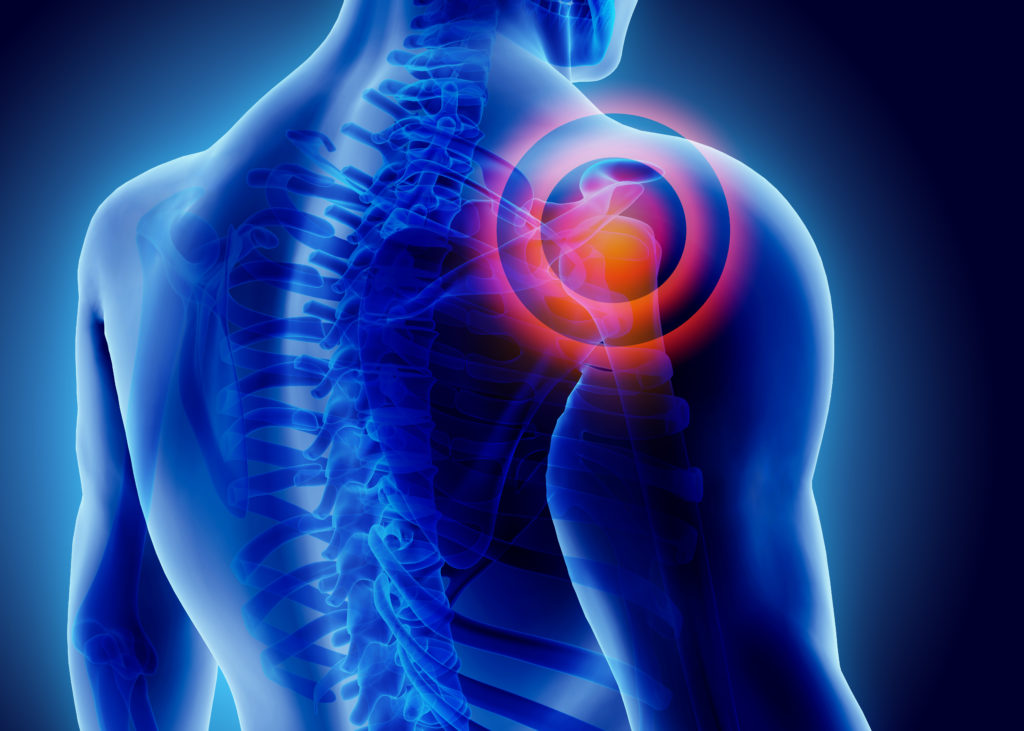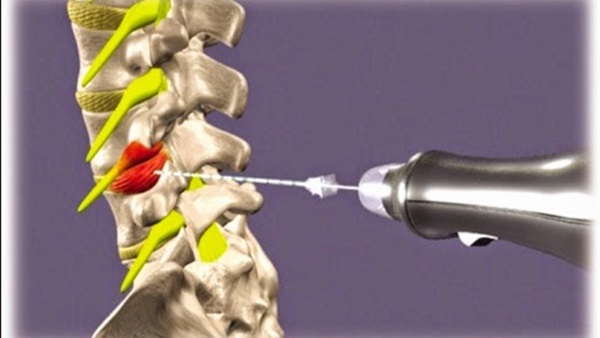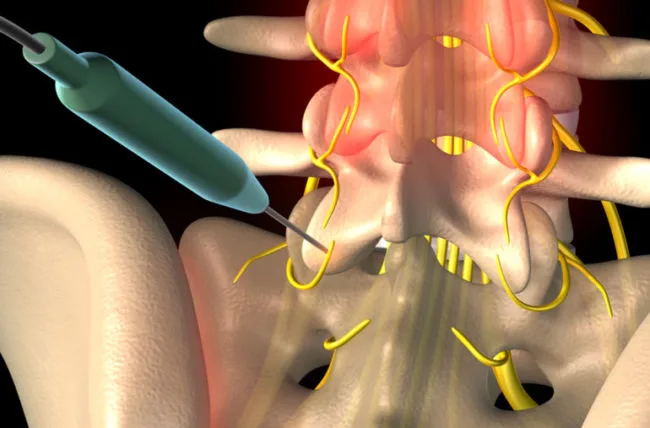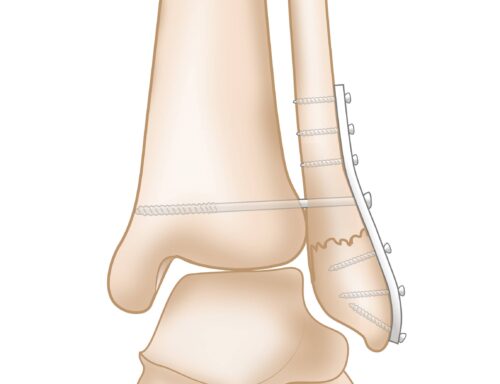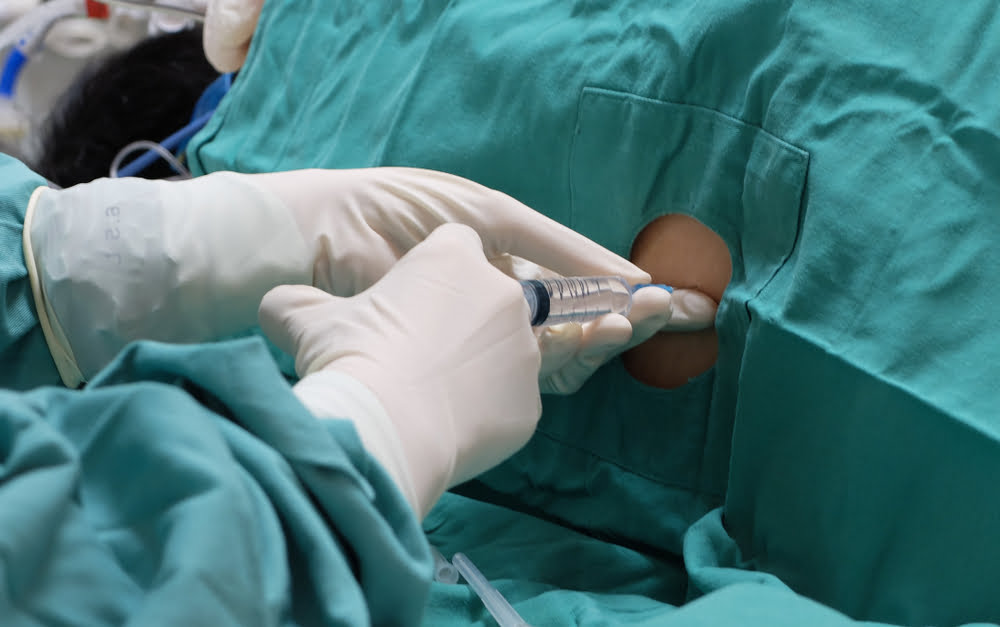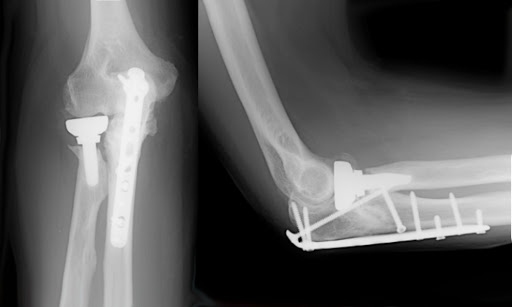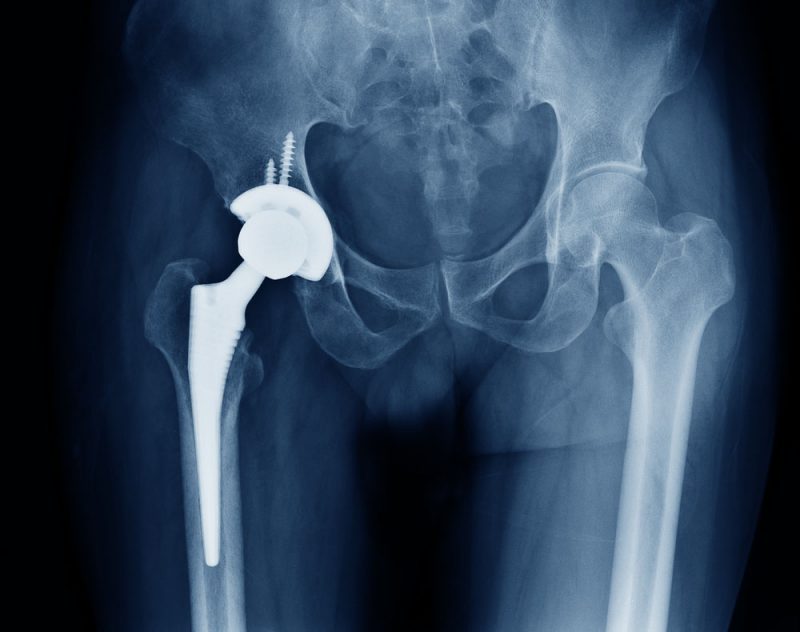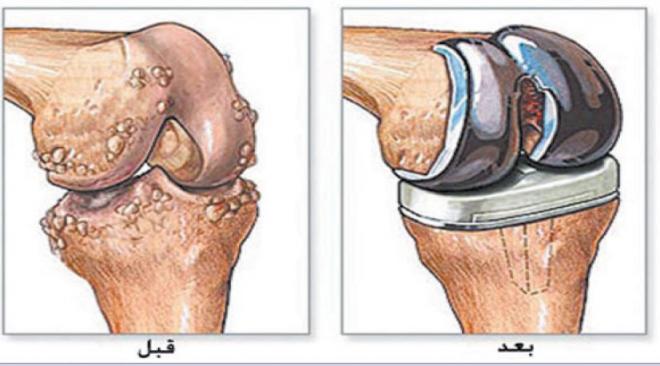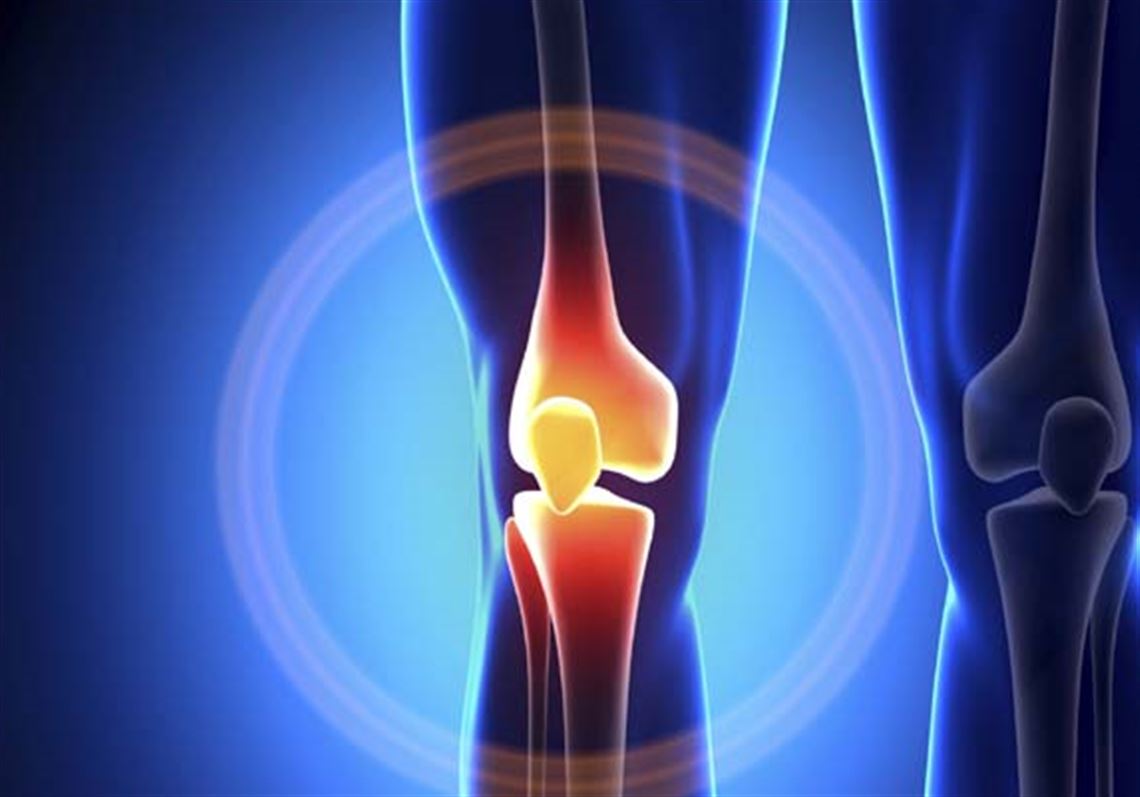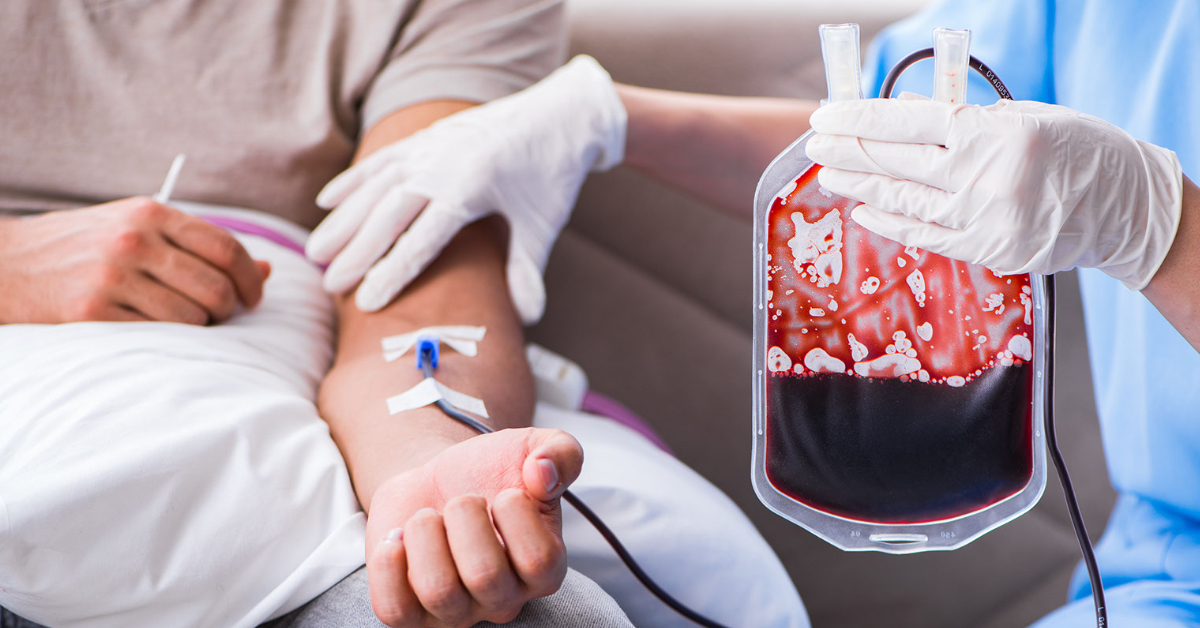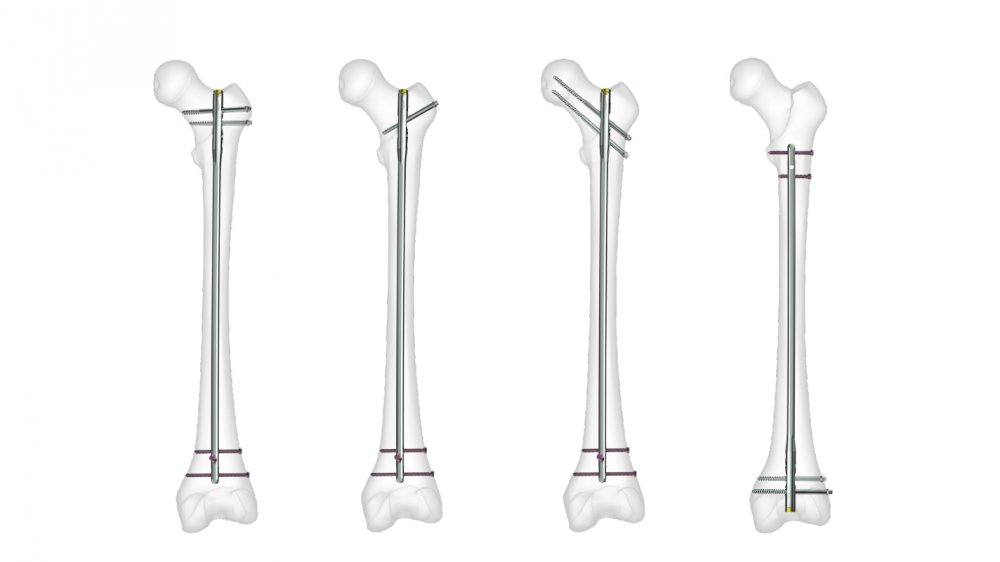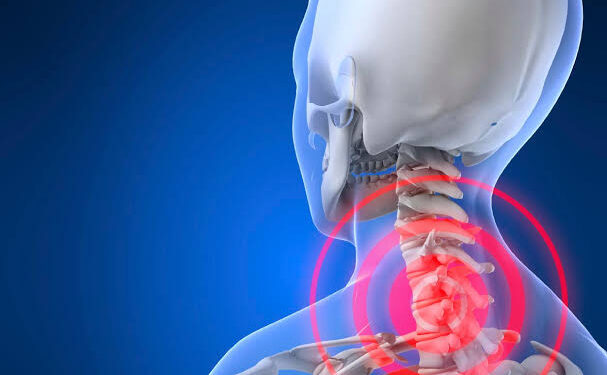Spinal Deformity Surgery
Spinal Deformity Surgery, You can learn about spinal deformity and its associated surgeries in the following article, which discusses the causes of spinal deformity, symptoms exhibited by the patient, how it is treated, and the various surgical procedures for spinal deformity correction surgery.
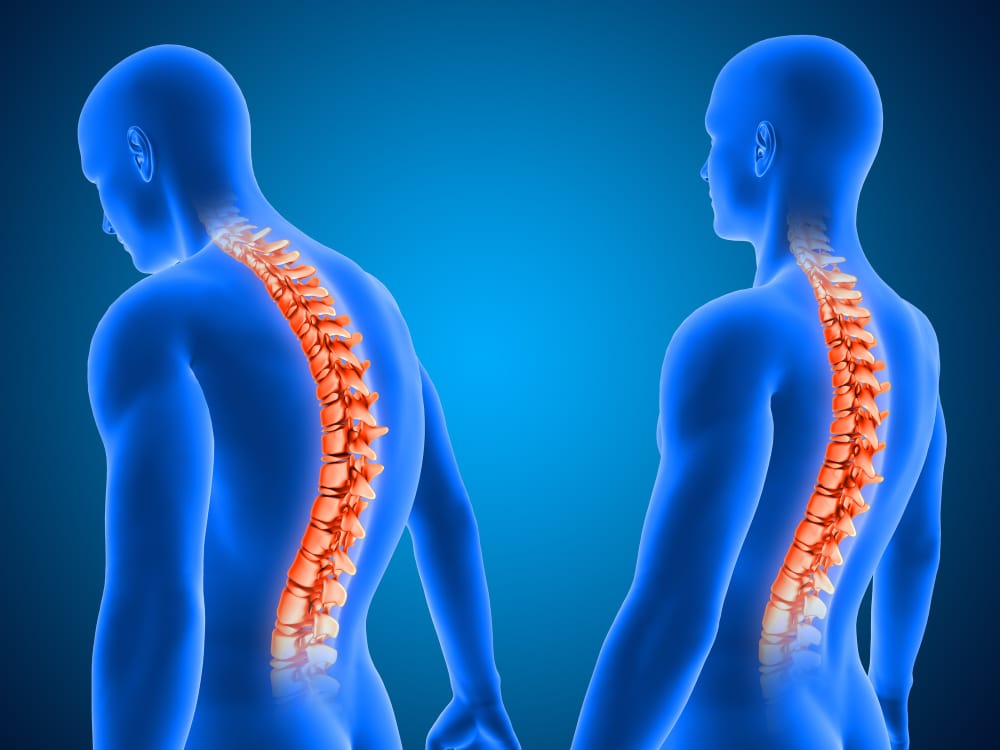
Spinal Deformity Surgery
“Discover a revolution in treating spinal deformity with the innovative spinal deformity correction surgery provided by Dr. Amr Amal.”
Spinal deformity falls under spinal injuries that mostly occur at younger ages, whether in children or adolescents. It is a curvature in the shape of the spine and an abnormal bending that occurs, affecting the patient’s condition and leading to many disturbances in normal body movement.
There is a natural curvature at a certain angle in the spine, located in the chest and lumbar vertebrae. However, when affected by scoliosis or spinal deformity, there is a greater degree or angle of curvature, subsequently affecting the shape of the back, visibly creating a deformity, and directly impacting walking and bending of the back. Spinal deformity surgery is one of the surgical solutions resorted to in order to correct the situation, and we will learn more about its details in the following paragraphs, so stay with us.
How does spinal deformity occur?
The causes of spinal deformity are numerous and result from more than one factor, affecting individuals during their growth phases, particularly in childhood and adolescence. The causes of deformity can be as follows:
- Problems in the back bones, specifically the vertebrae, making them prone to bending.
- Congenital defects in the spinal vertebrae, appearing from birth.
- Exposure to spinal cord injury, affecting the nerves and vertebrae, leading to scoliosis.
- Suffering from cerebral palsy, a neuromuscular disorder that affects the spinal vertebrae, movement, and the shape of the spine.
- Excessive body weight can impact the curvature of the back due to pressure on the abdomen and buttocks.
- Sitting for extended periods in an incorrect manner can exacerbate the problem of spinal deformity.
- Suffering from spinal diseases such as rickets, disc problems, and kyphosis.
Symptoms of Spinal Deformity
How do I know if I have a spinal deformity? The answer to this question lies in recognizing the symptoms that gradually appear on a person affected by a curvature in the back vertebrae. The signs exhibited by a person with spinal deformity include:
- A change in the natural shape of the back, showing a deviation in the lower part of the back, with a protrusion of the buttocks and abdomen.
- Back pain that increases with normal movement.
- Stiffness in the muscles and vertebrae, making movement more difficult.
- Damage to the tissues surrounding the affected area of spinal deformity.
- One shoulder appearing higher than the other.
- Asymmetry in the hips.
- Inability to sit or stand straight.
What is the danger of spinal curvature?
“Seize the opportunity to get rid of the pain and weakness resulting from spinal curvature through the spinal curvature repair surgery offered by Dr. Amr Amal.
The danger of spinal curvature can pose risks to an individual due to spinal deformity, affecting many of their daily activities. This is considered one of the first problems faced after the spinal deviation. The affected individual may also experience other complications, including severe pressure on the rib cage, leading to lung problems, making it difficult for the person to breathe normally. The heart may also be affected, resulting in weak blood pumping, which affects the limbs and blood flow to the rest of the body. Continuous severe back pain may occur, rendering the person unable to bend, and there are certain sitting and standing positions that they are unable to maintain. Additionally, continuous severe back pain may occur, rendering the person unable to bend, and there are certain sitting and standing positions that they are unable to maintain.
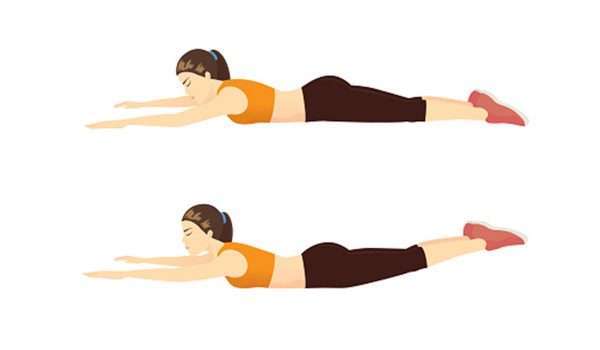
Is it possible to recover from spinal curvature?
Yes, spinal curvature significantly affects the individual’s health, especially if early diagnosis is not made before complications arise. Treatment for spinal curvature can be definitive, especially if treatment begins in the early stages of the condition, allowing the individual to recover and return to their daily activities.
How can spinal curvature be treated?
There are various methods to treat spinal curvature. The treating physician begins by examining the affected individual to determine the extent of the curvature’s impact on the spinal vertebrae, and then prescribes the appropriate treatment method. Different treatment methods for spinal curvature include:
- Medication: This involves pain relievers to reduce the patient’s pain.
- Conservative treatment: Increasing rest time and reducing weight to help lessen the pressure on the vertebrae.
- Starting a rehabilitation program for physical therapy, which helps increase the patient’s comfort after treatment.
- Surgical treatment: This is one of the treatment methods that help improve the patient’s condition, but it is usually the last option for doctors.
If you would like to learn more about non-surgical treatment for spinal deviation, click here.
Exercises for Spinal Curvature
Physical exercises can help treat spinal curvature and are an essential part of the patient’s treatment plan, as they help improve bending and adjust the spinal deviation that affects the lungs and heart, causing serious complications for them.
There are several exercises that can be used by individuals with spinal curvature to adjust bending and return the vertebrae to their proper position. Stretching exercises can be particularly helpful in improving the condition.
Indications for Spinal Deformity Correction Surgery
Resorting to surgical treatment is considered after the patient with spinal deformity has been treated through various non-surgical therapies, but these have not yielded results, or improvement has been slow. In such cases, surgical intervention becomes the most suitable and effective option.
There are signs indicating the need for spinal deformity correction surgery, including:
- Presence of a hump in the back, meaning a sharp curve in the upper part of the spine.
- Scoliosis, which is lateral curvature of the spine. This condition often develops from childhood and its symptoms progressively worsen over time.
- Flatback syndrome, which is a condition leading to difficulty in bending the lower part of the back, specifically the lumbar vertebrae.

Spinal Deformity Correction Procedures
There are various methods for correcting spinal deformities. One way is to improve the condition by removing part of the bones, tissues, and cartilage in the affected part of the spine, thus correcting the deformity in that specific area. However, this type of treatment requires a longer recovery time.
Dr. Amr Amal recommends modern procedures such as endoscopic surgery for spinal deformity correction. Both this and other surgical procedures have their advantages, but endoscopic surgery is often the better option in many cases.
Traditional Spinal Deformity Correction Surgery
Spinal deformity can be corrected using titanium or cobalt rods to straighten and realign the vertebrae back to their natural shape and position. However, this type of surgery requires a traditional incision and the steps are as follows:
- The surgeon administers general anesthesia to the patient.
- The doctor makes a deep cut in the skin and muscles to insert a specific medical rod to correct the deformity.
- The rod is secured using medical screws in the affected vertebrae.
- After ensuring the rod and screws are properly placed, the wound is cleaned and stitched up.
- The patient is then moved to the recovery room.
Endoscopic Spinal Deformity Correction Surgery
Treatment using endoscopy has become a popular and effective medical procedure for spinal deformity correction, causing less damage to tissues and resulting in fewer serious complications for the patient. This procedure is also known as “robotic surgery” as it uses robotic technology to locate and repair the defect.
Laser Treatment for Spinal Deformity Correction
Laser treatment is a new and effective step in correcting spinal deformity. It offers several advantages, such as reducing the risk of serious complications, speeding up the healing process, and causing less damage to the surrounding tissues. It allows the patient to return to work or school more quickly. The procedure involves a small incision in the back and reduces pressure on the vertebrae, making it safer for the patient. However, it is not suitable for all cases, and a full examination is required before deciding on laser surgery.
How Long Does Spinal Deformity Correction Surgery Take?
The duration of spinal deformity correction surgery varies from one type to another, but generally ranges from 45 to 120 minutes. After the surgery, the patient is taken to the recovery room for vital signs monitoring. The patient may need to stay in the hospital for a day or two post-surgery, until they are able to walk using crutches.
What is the success rate of spine bending surgery?
“Rest assured about the safety and success of spine bending surgery at Dr. Amr Amal’s clinics, as it is performed using the latest medical standards and under the supervision of a specialized medical team.”
Scoliosis surgery is considered one of the major surgeries that require high precision when performed. The patient undergoes several examinations before deciding to undergo the operation. The success rate of spine correction surgery exceeds 80%, which is a high percentage considering the precision of the surgery. The patient then returns to their normal activity again.
Factors that contribute to determining the success rate of spinal deformity surgeries
There are several variables that affect the success of spinal surgeries in general, including the following:
Age: The older the patient, the more dangerous and difficult the surgical operation is, and its success rate is lower. Location of the surgery: If the hospital where the patient is staying is at a high level of cleanliness, sterilization, and is qualified to perform surgeries, the success rate of the operation certainly increases. Surgical technique used: Robotic surgery technique helps increase the chances of a successful operation, reaching up to 90%, and the recovery and healing period afterwards is shorter and its risks are lower. Type of deformity: The risks of the operation increase and its success rate decreases in cases of very severe deformity.
What happens after spinal deviation surgery?
Post-spinal deformity surgery involves steps and advice that the treating doctor explains to the patient to be followed during the recovery period after the operation. It is possible to improve the patient’s condition through these steps, which include:
Avoiding excessive effort and almost complete rest until full recovery. Taking pain medications prescribed by the treating doctor. Not lifting heavy objects. Avoiding excessive load on the back and bending in the first weeks after the operation. Avoiding bathing and swimming for a week after surgery to prevent wound contamination. Following a balanced diet with vitamins and fiber to help improve the patient’s condition faster. Performing special exercises to strengthen muscles and improve the patient’s ability to return to normal activity during the recovery period.
For more information about what happens after spinal deviation surgery, we recommend this article.
Recovery period after spinal deformity surgery
Spine repair surgery, when it is bent or deformed, can take some time, and the patient is then able to return to their normal activity. The recovery process can take between one month to one and a half months, but if the person is an athlete, it may take some time from 9 to 10 months for a full recovery.
Walking After Spinal Deformity Repair Surgery
“Regain confidence and independence through the advanced spinal deformity repair surgery offered at Dr. Amr Amal’s clinics.”
Walking after spinal deformity repair surgery is gradual. The patient should not leave the hospital until they are able to move independently using crutches, gradually increasing walking time. The use of assistive devices can typically be discontinued about 2 to 3 weeks after the surgery.
Walking After Spinal Deformity Repair Surgery Is Spinal Adjustment Surgery Dangerous?
Spinal adjustment or repair surgery is one of the major spinal surgeries that require preparation and readiness for the patient prior to the procedure. This surgery carries a certain level of risk, so it is best to choose a surgeon with experience and skill in this type of operation, as this is one of the factors that help reduce the risks of spinal correction surgery.
Complications of Surgical Spinal Deformity Correction
Scoliosis surgery is commonly done and is considered safe, but like any surgical procedure, it carries some potential risks and complications, including:
- Bleeding after the surgery.
- Infection at the surgical site.
- Insufficient bone formation at the surgical site.
- Persistent pain after the surgery.
- Damage to sensory or motor nerves due to surgical intervention around the spinal cord.
Does the Surgery Prevent Performing Daily Activities?
Most patients can return to all their daily activities normally, while light sports activities such as running and simple exercises may require a period ranging from four to six months after the surgery.
What is the Cost of Spinal Deformity Surgery in Egypt?
It is important to clarify that prices are approximate because they depend on several factors, including the surgeon’s experience, the medical center where the surgery is performed, the type of spinal deformity surgery, the pre-surgery examinations, the duration of hospital stay, and others. However, you will find that the average cost of spinal deformity surgery in Egypt, given the current price increases, ranges from 100,000 to 200,000 Egyptian pounds. It is important to understand that this is an approximate figure and subject to increase from time to time.

